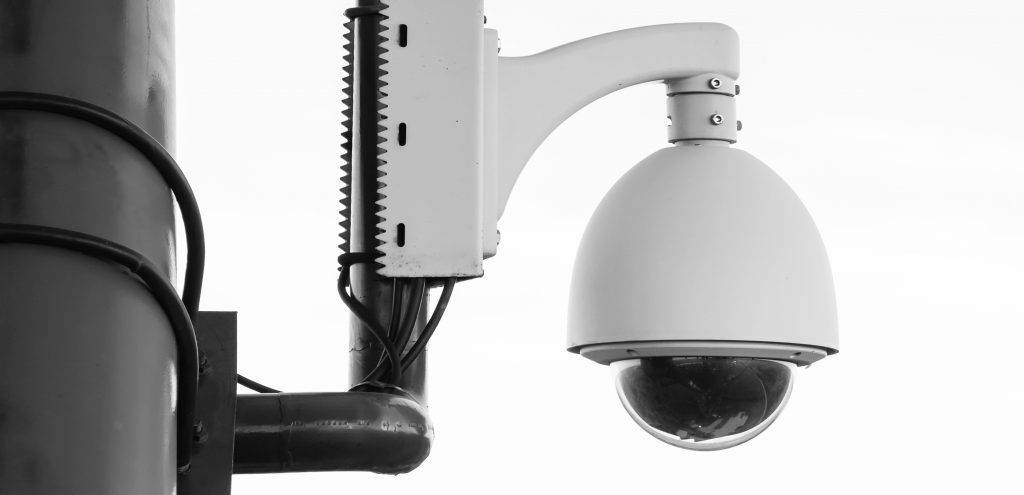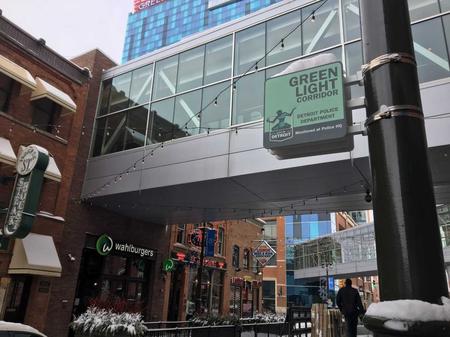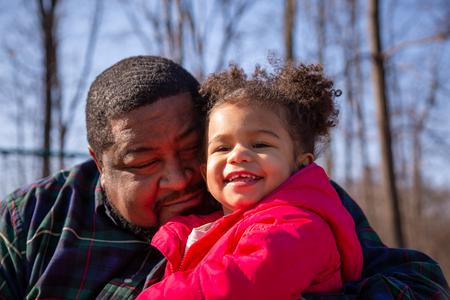‘Defund’ Movement Sets Sights on Detroit Police Facial Recognition
Detroit City Council will vote to renew a facial recognition contract on Tuesday.

Detroit City Council will vote to renew a contract with the software developer of the Detroit Police Department’s facial recognition technology.
It’s a contentious decision, as activists behind the city’s months-long anti-police brutality protests have organized against the measure. The vote surrounds a $200,000 two-year maintenance contract with DataWorks Plus, the company that created the proprietary software for DPD.
“It is clearly racist.” — Susan Steigerwalt, resident
Detroit police use facial recognition by inputting footage of certain crimes to a computer and having an algorithm check a suspect’s face against thousands of photos. Police officials say the technology is an “investigative tool” like a polygraph test.

“We’re looking at 50,000 mug pictures that the algorithm immediately brings in there so we can look at those theoretically in a couple minutes,” said Commander Eric Decker, who heads Detroit’s Major Crimes Division. “It would take my investigators probably hundreds of hours to go through every mug picture to try to identify somebody.”
Many residents oppose the use of facial recognition by law enforcement.
“It is clearly racist,” said Susan Steigerwalt when the policy was being discussed in the Public Health and Safety Committee. “From a purely financial reason, we now have two people that have been misidentified, which will likely cause the city millions of dollars in lawsuits.”
The momentum against the facial recognition vote has its roots in the George Floyd-inspired protests, which have continued in Detroit since May.
“They’re getting tired of getting abused, neglected, mistreated, talked to, downgraded,” says Randy Minniefield, who participated in the protests in June. He says he was injured by a police projectile. “They seen us standing on the sides and they just indiscriminately starting just firing not even tear gas canisters, just rubber bullets. I was struck in my left shoulder.”
Calls to end surveillance
Demonstrations have stretched on for months. And while the movement is varied in its goals, a nationwide call to “Defund the Police” is coalescing around specific policy demands in Detroit.
That demand for change is happening online, as much as it’s happening on the streets.
During the digital sessions of Detroit City Council and the city’s Board of Police Commissioners meetings, members of the public aligned with the “defund” movement have made calls for changes to police practice.
“We know we are not going to bring the violence down to the levels that the people of this city deserve by doing the same things.” — Mayor Mike Duggan

Perhaps one of the most consistent demands is to end police surveillance, and the two methods Detroit police use to do it – Project Green Light and facial recognition. Both tactics originate with Mayor Mike Duggan’s administration.
“We know we are not going to bring the violence down to the levels that the people of this city deserve by doing the same things,” Duggan said at a press conference in 2018. “[Police Chief James Craig] and I started with eight gas stations and said, ‘What would happen if you monitor them in real-time at police headquarters?’”
Project Green Light is a program where businesses can pay to have their security footage routed directly to the police. About 700 businesses are participating in the program. They can be spotted by the hallmark, flashing, green light outside storefronts.
While city officials say Project Green Light deters crime from happening at those locations, there are no independent studies to prove how well it works.
But there is one effect. According to a recent police presentation, the department prioritizes investigating crimes at Project Green Light locations, in part, because it has access to video evidence that can help make an arrest.
And that leads to the other part of Detroit police surveillance: If a Project Green Light business captures a suspect of a crime on camera, Detroit police can analyze that footage using facial recognition technology, which is an automated process for comparing faces. Outside of the video they get from businesses in real-time, police can also use the software to search images from places like Instagram and Facebook, and really, any media source that is available to them.
45 million suspects
Detroit police have access to even more photos than that.
The Statewide Network of Agency Photos, or SNAP, centralizes all of Michigan’s digital facial images. And in addition to mug shots from the state Department of Corrections, SNAP has driver’s license headshots and other forms of ID. According to researchers with Georgetown Law’s “Perpetual Lineup” project, SNAP runs a database of 45 million photos in Michigan.
“It’s a burden for Black folks who have to constantly think about how other people in society are viewing them.” — Rodd Monts, American Civil Liberties Union
Last year a federal agency, the National Institute of Standards and Technology, studied racial bias in facial recognition. It found that African American and Asian American faces were between 10 and 100 times more likely to draw a false positive than Caucasian ones.

“When people consider the use of a technology that misidentifies Black people at such a high rate being used in a city that’s over 80 percent Black, then one can draw the conclusion that that software and the use of it is racist,” says Rodd Monts, an outreach coordinator with the American Civil Liberties Union in Michigan. “This technology wouldn’t be on the market if it misidentified white people at that rate.”
Two Black men have come forward this year after being misidentified by Detroit’s facial recognition system.
The ACLU filed a complaint on behalf of one of them, Robert Williams. He was wrongly arrested in connection to a shoplifting case at a Shinola store downtown. Detroit police say the department has changed its policies since, requiring secondary evidence and human analysis before making an arrest.
Police also say they only use the facial recognition software for violent crimes such as homicides and shootings. But Monts says that approach misses the bigger picture.
“It is a really big ask for the public to expected to just trust that no one else will end up wrongfully detained,” Monts says. “It’s a burden for Black folks who have to constantly think about how other people in society are viewing them and also have to think about the fact that they’re being watched.”
Trusted, accurate, up-to-date
WDET is here to keep you informed on essential information, news and resources related to COVID-19.
This is a stressful, insecure time for many. So it’s more important than ever for you, our listeners and readers, who are able to donate to keep supporting WDET’s mission. Please make a gift today.
